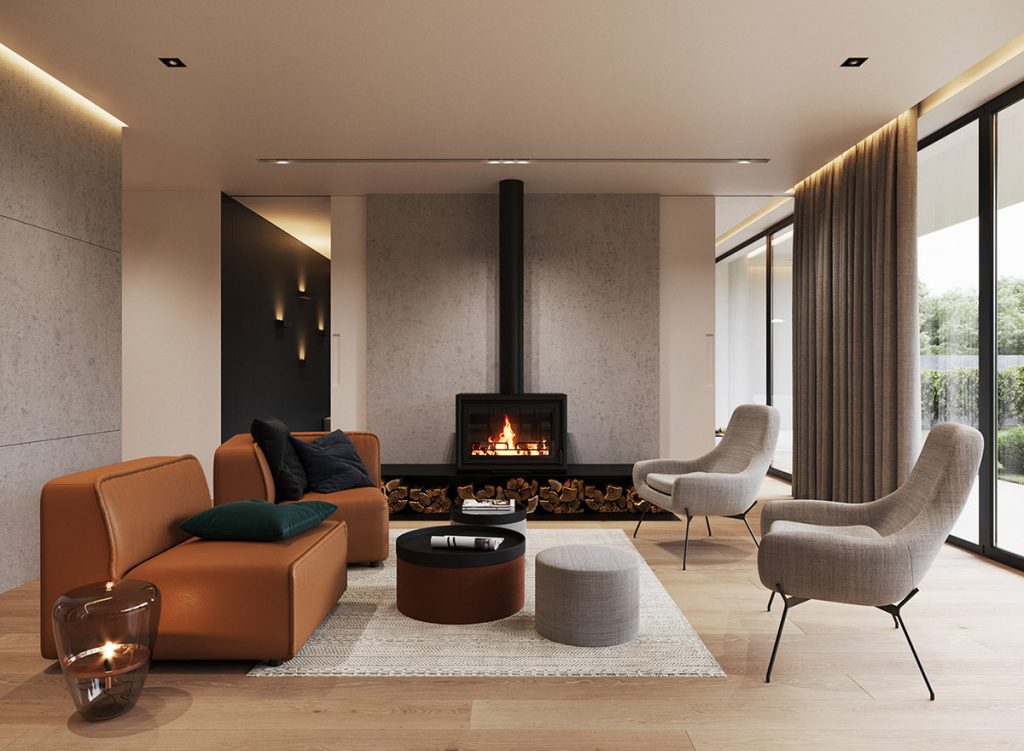Neutral color schemes are a popular choice for living room walls and baseboards. These colors have a timeless and classic appeal that can match any interior style. Some popular neutral colors for living room walls and baseboards include shades of white, beige, and gray. White is a versatile color that creates a clean and airy feel in a living room. It also reflects light, making the space appear more spacious. Beige is a warm and inviting color that adds a touch of elegance to a room. Gray is a sophisticated and modern color that can create a sense of calmness in the living room. When choosing a neutral color scheme for your living room walls and baseboards, consider the other elements in the room such as furniture, curtains, and accessories. You can create a monochromatic look by using different shades of the same neutral color, or you can add a pop of color with bold accents.Neutral Color Schemes for Living Room Walls and Baseboards
A monochromatic color scheme uses different shades of the same color to create a harmonious and cohesive look. This type of color scheme is perfect for those who want a subtle yet sophisticated living room. Some popular monochromatic color schemes for living room walls and baseboards include shades of blue, green, and pink. Blue is a calming color that can create a serene and peaceful atmosphere in the living room. Green is a refreshing color that brings the outdoors inside and adds a natural touch to the room. Pink is a romantic and feminine color that can add a touch of warmth to the living room. When using a monochromatic color scheme, it's important to vary the shades and textures to avoid a flat and boring look. You can also add pops of complementary colors for a more dynamic and interesting living room.Monochromatic Color Schemes for Living Room Walls and Baseboards
Contrasting color schemes use colors that are opposite each other on the color wheel. This type of color scheme creates a bold and dramatic look in the living room. Some popular contrasting color schemes for living room walls and baseboards include blue and orange, purple and yellow, and red and green. Blue and orange create a dynamic and energizing atmosphere in the living room. Purple and yellow create a luxurious and regal feel, while red and green create a traditional and festive look. When using a contrasting color scheme, it's important to balance the colors to avoid overwhelming the space. Use one color as the dominant color and the other as an accent to create a cohesive look.Contrasting Color Schemes for Living Room Walls and Baseboards
Complementary color schemes use colors that are opposite each other on the color wheel. This type of color scheme creates a bold and vibrant look in the living room. Some popular complementary color schemes for living room walls and baseboards include blue and yellow, purple and green, and red and turquoise. Blue and yellow create a cheerful and sunny atmosphere in the living room. Purple and green create a calming and balanced look, while red and turquoise create a fun and playful feel. When using a complementary color scheme, it's important to use one color as the dominant color and the other as an accent. You can also use neutral colors to balance out the boldness of the complementary colors.Complementary Color Schemes for Living Room Walls and Baseboards
Analogous color schemes use colors that are adjacent to each other on the color wheel. This type of color scheme creates a harmonious and soothing look in the living room. Some popular analogous color schemes for living room walls and baseboards include shades of blue, green, and purple. Blue and green create a cool and calming atmosphere in the living room, while green and purple create a natural and earthy feel. You can also use different shades of the same color for a more subtle and cohesive look. When using an analogous color scheme, it's important to vary the shades and textures to avoid a monotonous look. You can also add pops of complementary colors for a more dynamic and interesting living room.Analogous Color Schemes for Living Room Walls and Baseboards
Triadic color schemes use colors that are evenly spaced on the color wheel. This type of color scheme creates a vibrant and balanced look in the living room. Some popular triadic color schemes for living room walls and baseboards include shades of blue, yellow, and red. Blue, yellow, and red create a bold and energetic atmosphere in the living room. You can also use one color as the dominant color and the other two as accents to avoid overwhelming the space. When using a triadic color scheme, it's important to balance the colors and use neutral colors as a base to avoid a chaotic look. You can also use different shades of the same color for a more cohesive look.Triadic Color Schemes for Living Room Walls and Baseboards
Tetradic color schemes use four colors that are evenly spaced on the color wheel. This type of color scheme creates a vibrant and playful look in the living room. Some popular tetradic color schemes for living room walls and baseboards include shades of blue, yellow, green, and red. Blue, yellow, green, and red create a fun and lively atmosphere in the living room. You can also use one color as the dominant color and the other three as accents to avoid overwhelming the space. When using a tetradic color scheme, it's important to balance the colors and use neutral colors as a base to avoid a chaotic look. You can also use different shades of the same color for a more cohesive look.Tetradic Color Schemes for Living Room Walls and Baseboards
Warm color schemes use colors that have a yellow or red undertone. This type of color scheme creates a cozy and inviting atmosphere in the living room. Some popular warm color schemes for living room walls and baseboards include shades of red, orange, and yellow. Red is a bold and passionate color that creates a focal point in the living room. Orange is a warm and energetic color that adds a touch of excitement to the room. Yellow is a cheerful and sunny color that can brighten up the living room. When using a warm color scheme, it's important to balance the colors with neutral tones to avoid overwhelming the space. You can also use different shades of the same color for a more subtle and cohesive look.Warm Color Schemes for Living Room Walls and Baseboards
Cool color schemes use colors that have a blue or green undertone. This type of color scheme creates a calming and relaxing atmosphere in the living room. Some popular cool color schemes for living room walls and baseboards include shades of blue, green, and purple. Blue is a calming color that can create a serene and peaceful atmosphere in the living room. Green is a refreshing color that brings the outdoors inside and adds a natural touch to the room. Purple is a luxurious and regal color that adds a touch of sophistication to the living room. When using a cool color scheme, it's important to balance the colors with warm tones to avoid creating a cold and unwelcoming space. You can also use different shades of the same color for a more cohesive look.Cool Color Schemes for Living Room Walls and Baseboards
Earth tone color schemes use colors that are inspired by nature. This type of color scheme creates a warm and inviting atmosphere in the living room. Some popular earth tone color schemes for living room walls and baseboards include shades of brown, green, and beige. Brown is a versatile and timeless color that can create a cozy and inviting space. Green is a refreshing color that brings the outdoors inside and adds a natural touch to the room. Beige is a warm and neutral color that creates a sense of calmness in the living room. When using an earth tone color scheme, it's important to balance the colors with pops of complementary colors to avoid a monotonous look. You can also use different shades of the same color for a more cohesive look.Earth Tone Color Schemes for Living Room Walls and Baseboards
Choosing the Right Color Scheme for Your Living Room Walls and Baseboards
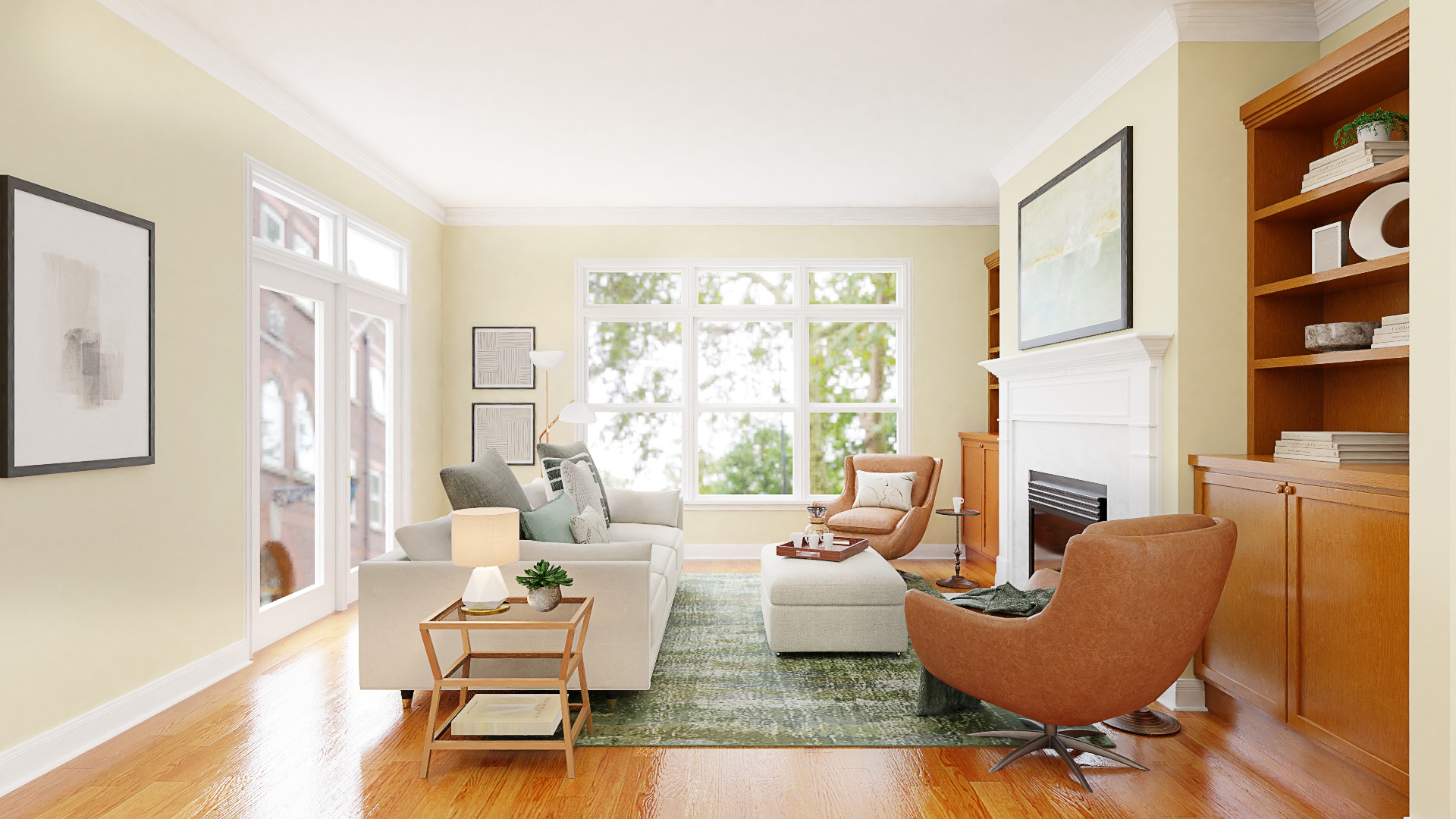
Why Color Schemes Matter in House Design
 When it comes to designing your home, one of the most important decisions you will make is choosing the right color scheme. The colors you choose for your living room walls and baseboards can greatly impact the overall look and feel of your space. Not only do colors have the power to evoke certain moods and emotions, but they also have the ability to make a room appear larger or smaller. This is why it's crucial to carefully consider your color choices before painting your living room walls and baseboards.
Neutral Color Schemes
Neutral colors are a popular choice for living room walls and baseboards because they create a clean, timeless look that can easily be complemented with different accent colors. Shades of white, beige, and gray are often used to create a neutral color scheme, and they can make a room feel bright, airy, and spacious. Additionally, neutral colors provide a blank canvas for you to incorporate bold and vibrant colors into your decor, such as through furniture and accent pieces.
Monochromatic Color Schemes
If you're looking for a more cohesive and modern look, consider a monochromatic color scheme for your living room walls and baseboards. This involves using different shades and tones of the same color throughout the room. For example, you could choose a light blue for the walls and a darker shade of blue for the baseboards. This creates a harmonious and visually appealing space, while still allowing for some contrast and depth.
Contrasting Color Schemes
If you want to make a statement with your living room walls and baseboards, opt for a contrasting color scheme. This involves pairing colors that are opposite on the color wheel, such as blue and orange or purple and yellow. While it may seem daunting to use such bold colors in your home, when done correctly, a contrasting color scheme can add a sense of drama and personality to your living room.
When it comes to designing your home, one of the most important decisions you will make is choosing the right color scheme. The colors you choose for your living room walls and baseboards can greatly impact the overall look and feel of your space. Not only do colors have the power to evoke certain moods and emotions, but they also have the ability to make a room appear larger or smaller. This is why it's crucial to carefully consider your color choices before painting your living room walls and baseboards.
Neutral Color Schemes
Neutral colors are a popular choice for living room walls and baseboards because they create a clean, timeless look that can easily be complemented with different accent colors. Shades of white, beige, and gray are often used to create a neutral color scheme, and they can make a room feel bright, airy, and spacious. Additionally, neutral colors provide a blank canvas for you to incorporate bold and vibrant colors into your decor, such as through furniture and accent pieces.
Monochromatic Color Schemes
If you're looking for a more cohesive and modern look, consider a monochromatic color scheme for your living room walls and baseboards. This involves using different shades and tones of the same color throughout the room. For example, you could choose a light blue for the walls and a darker shade of blue for the baseboards. This creates a harmonious and visually appealing space, while still allowing for some contrast and depth.
Contrasting Color Schemes
If you want to make a statement with your living room walls and baseboards, opt for a contrasting color scheme. This involves pairing colors that are opposite on the color wheel, such as blue and orange or purple and yellow. While it may seem daunting to use such bold colors in your home, when done correctly, a contrasting color scheme can add a sense of drama and personality to your living room.
Consider Your Existing Decor and Lighting
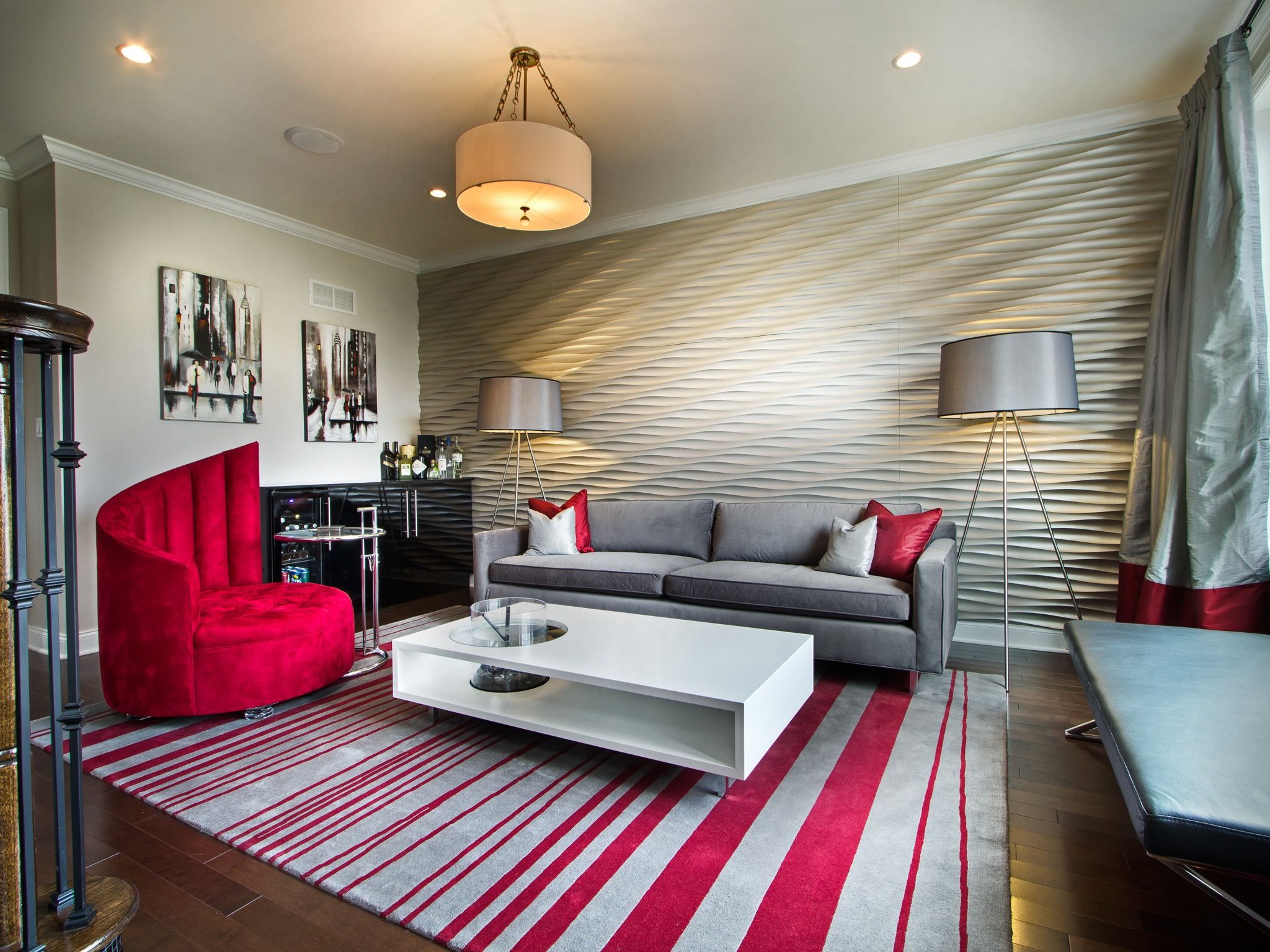 When choosing a color scheme for your living room walls and baseboards, it's important to take into consideration the existing decor and lighting in the room. If you have a lot of natural light, you may be able to get away with using darker colors on your walls without making the room feel too small or dark. On the other hand, if your living room doesn't get much natural light, it may be best to stick with lighter colors to brighten up the space.
When choosing a color scheme for your living room walls and baseboards, it's important to take into consideration the existing decor and lighting in the room. If you have a lot of natural light, you may be able to get away with using darker colors on your walls without making the room feel too small or dark. On the other hand, if your living room doesn't get much natural light, it may be best to stick with lighter colors to brighten up the space.
Final Thoughts
/169789002-58a723d63df78c345b930ec6.jpg) The color scheme you choose for your living room walls and baseboards can greatly impact the overall look and feel of your home. Whether you opt for a neutral, monochromatic, or contrasting color scheme, it's important to consider your existing decor and lighting to ensure a cohesive and visually appealing space. Take your time choosing the perfect colors and don't be afraid to get creative and experiment. With the right color scheme, you can transform your living room into a beautiful and inviting space.
The color scheme you choose for your living room walls and baseboards can greatly impact the overall look and feel of your home. Whether you opt for a neutral, monochromatic, or contrasting color scheme, it's important to consider your existing decor and lighting to ensure a cohesive and visually appealing space. Take your time choosing the perfect colors and don't be afraid to get creative and experiment. With the right color scheme, you can transform your living room into a beautiful and inviting space.



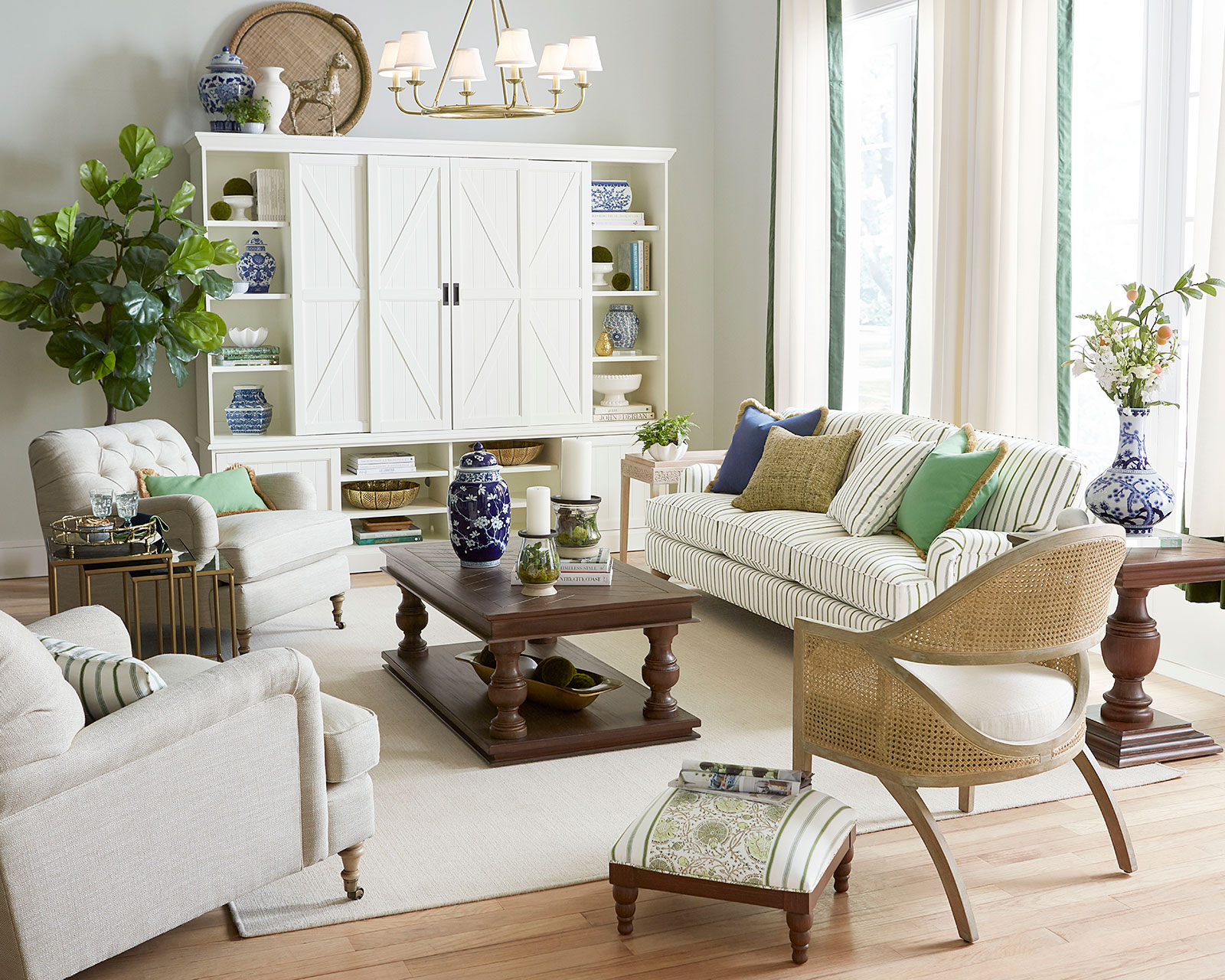
/Neutrallivingroom-GettyImages-568518365-5a6260a87d4be80036ac6b0c.jpg)

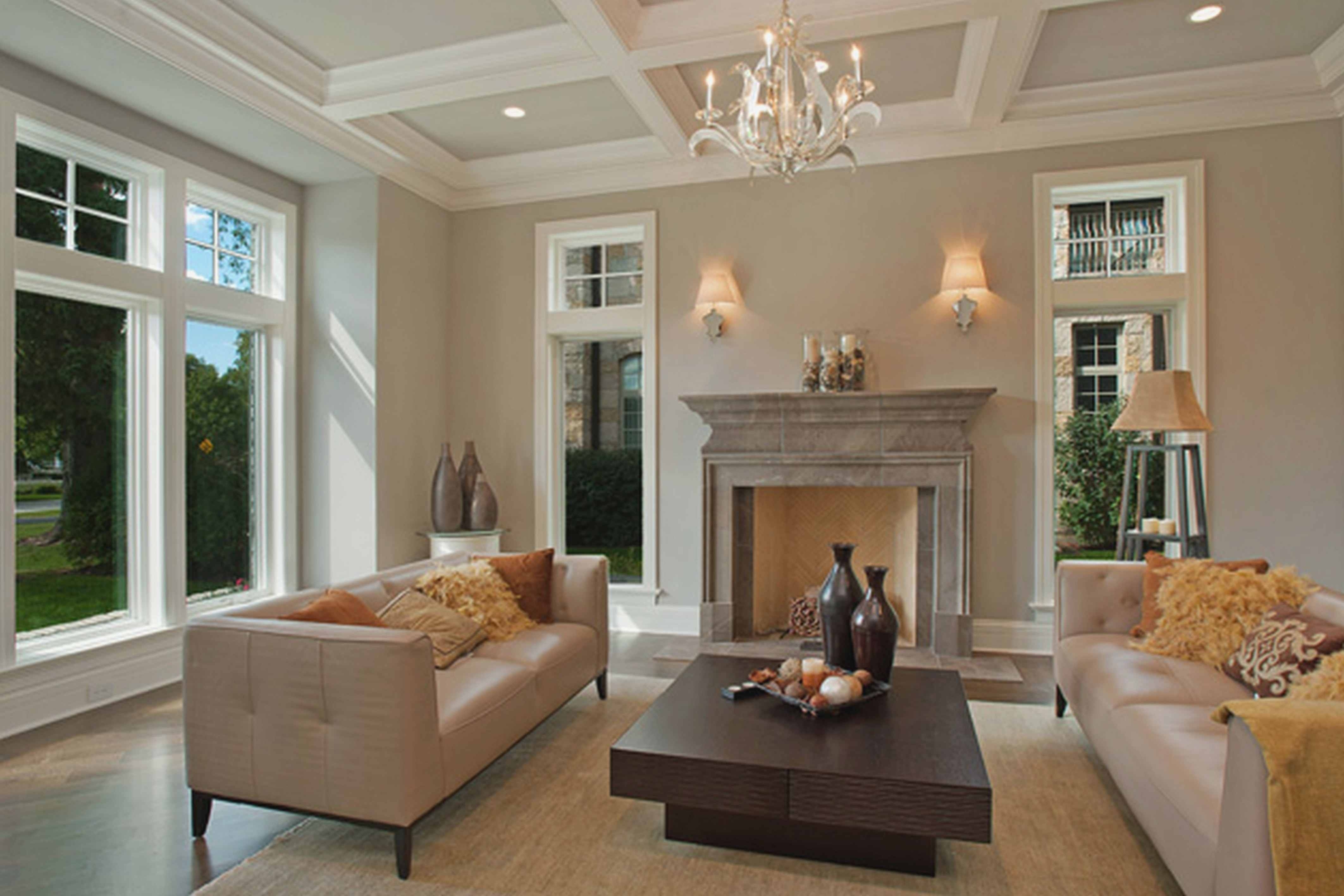

:max_bytes(150000):strip_icc()/Comfy-Neutral-Living-Room-581bd7a53df78cc2e8ac3da6.jpg)

:max_bytes(150000):strip_icc()/KZ8O0W-5abd0d4fa18d9e0037e877ab.jpg)

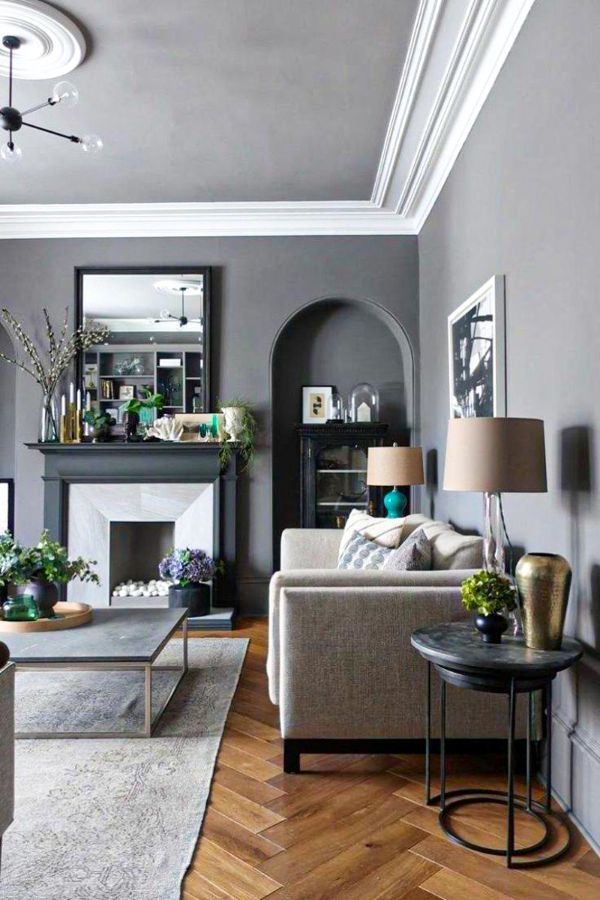



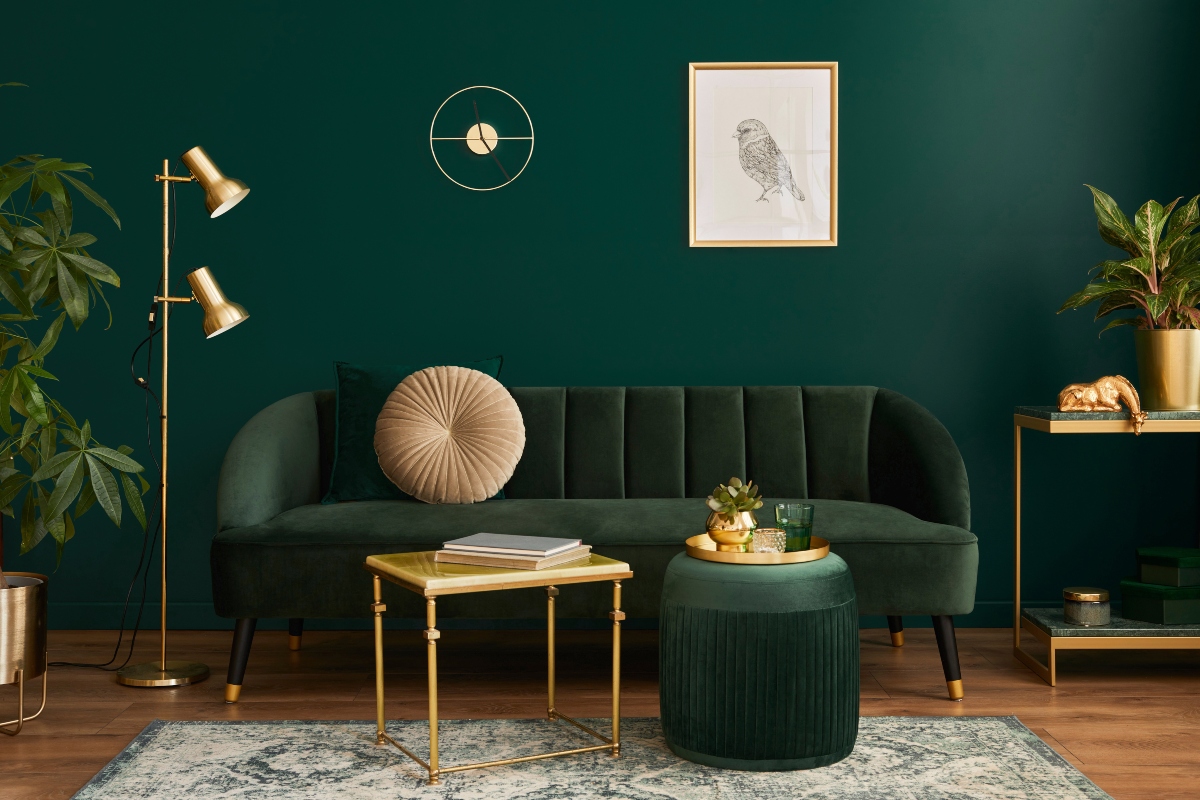




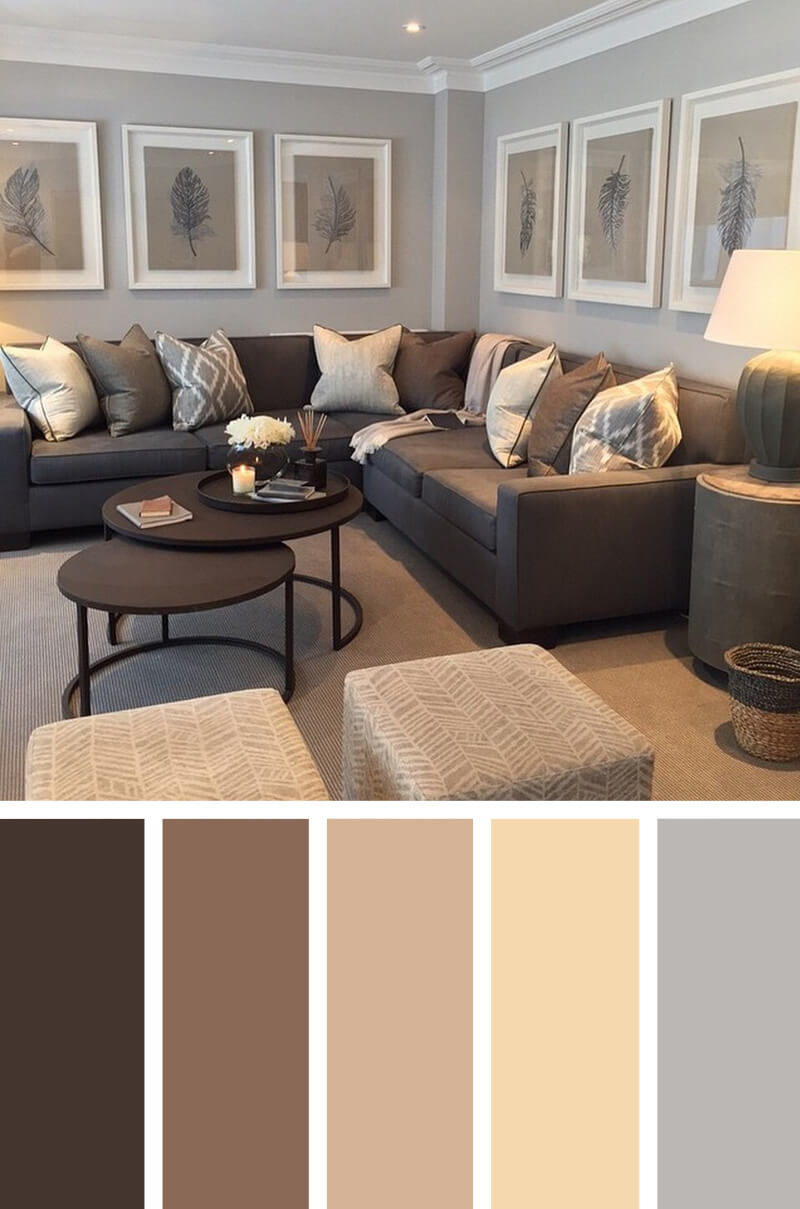
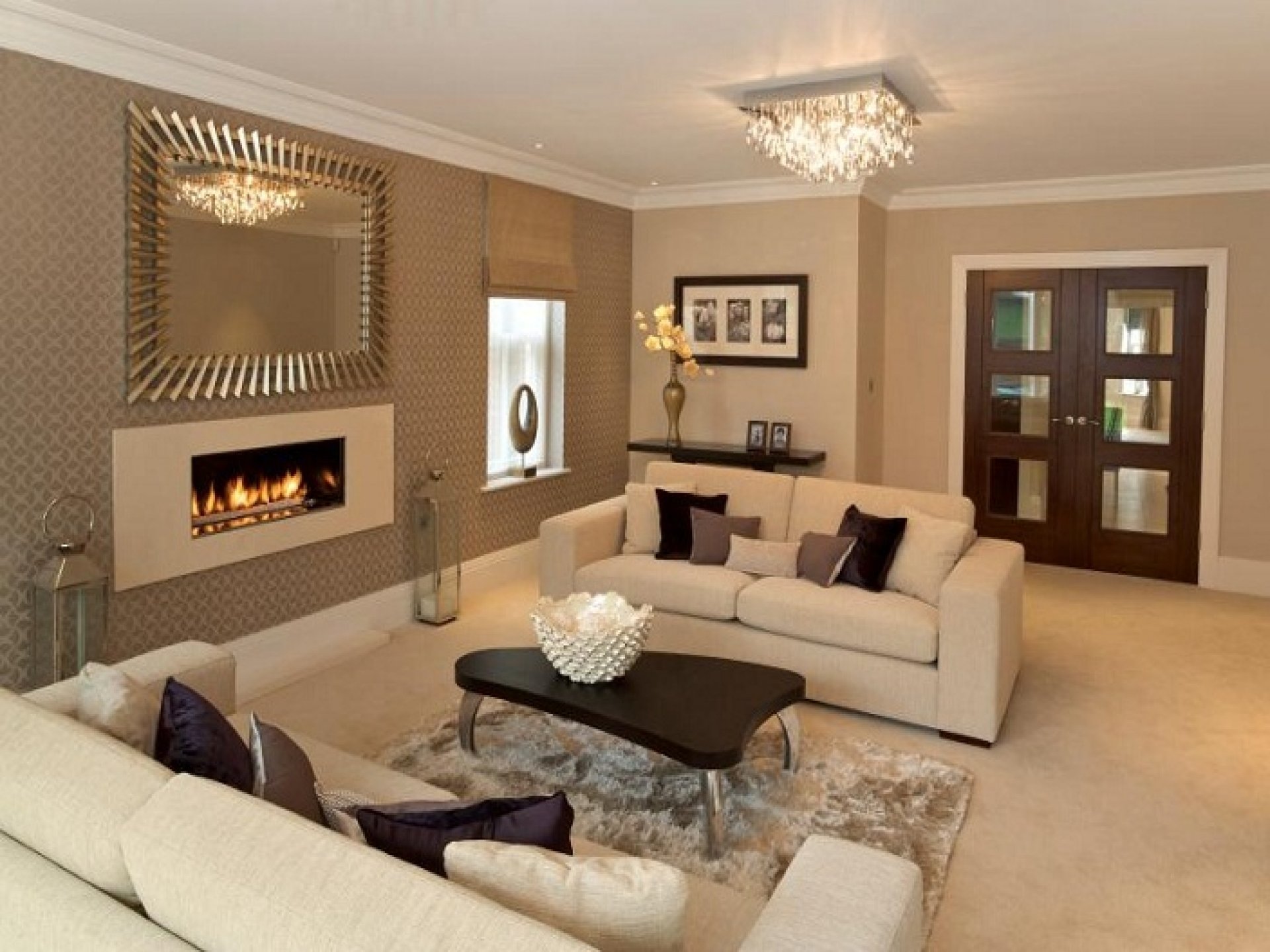










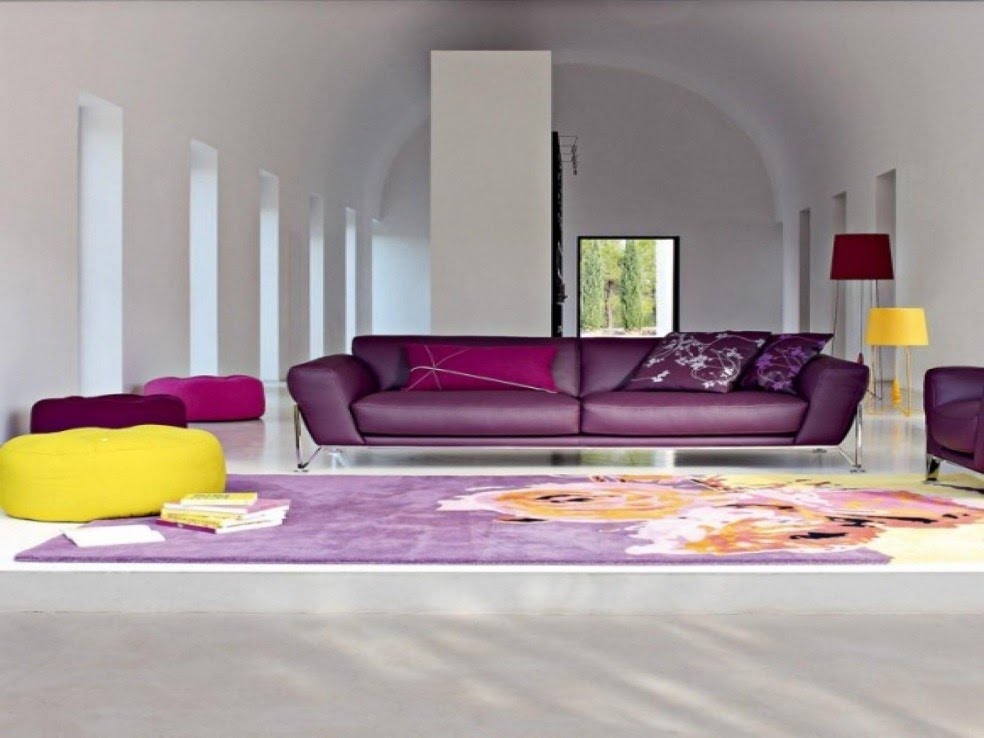
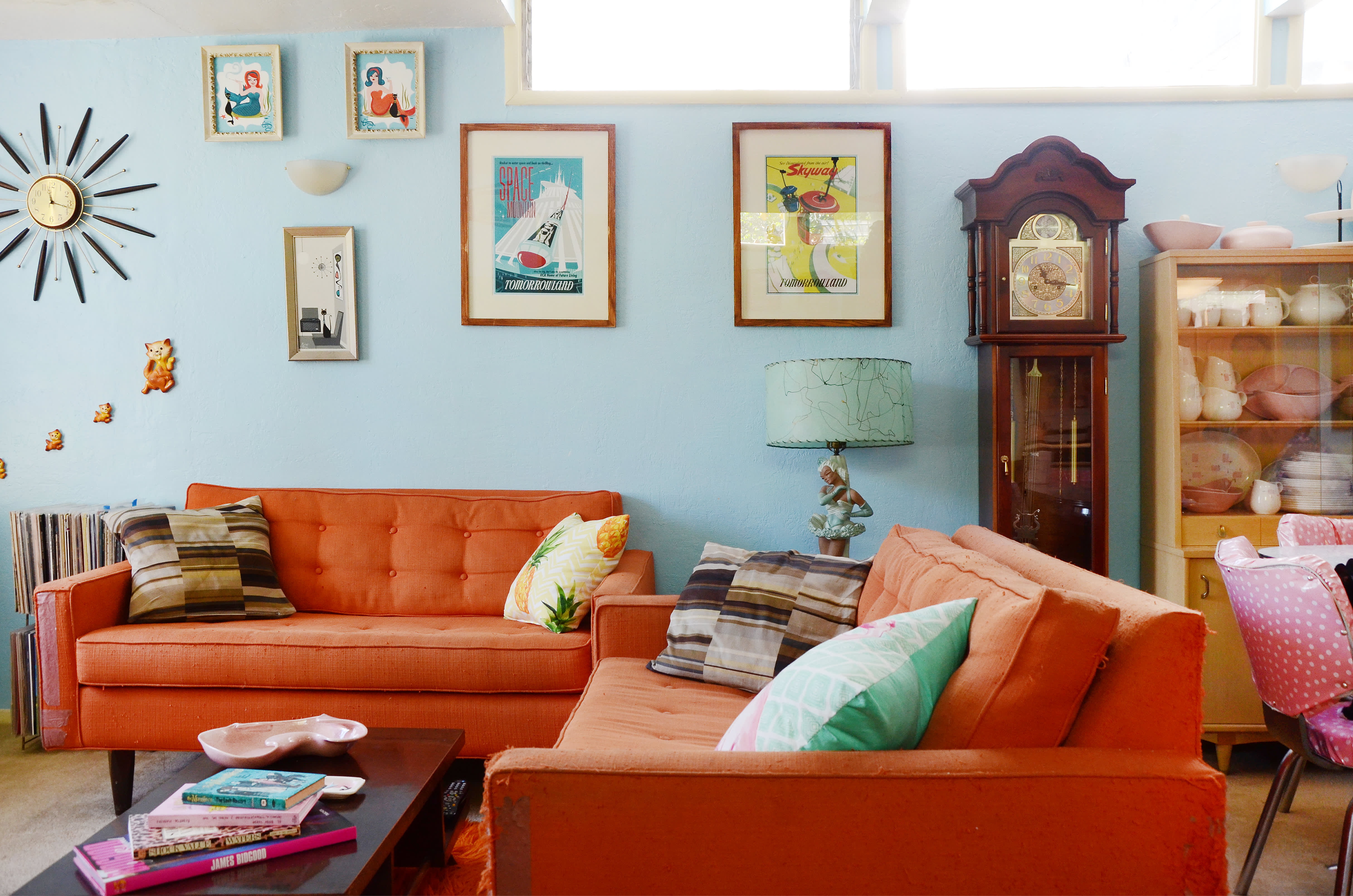









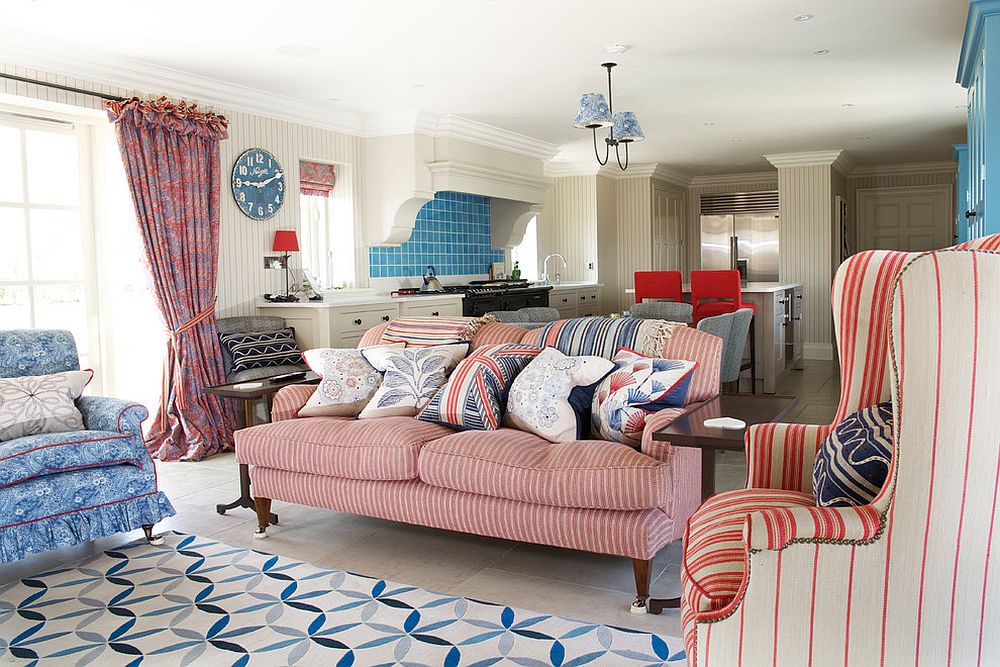






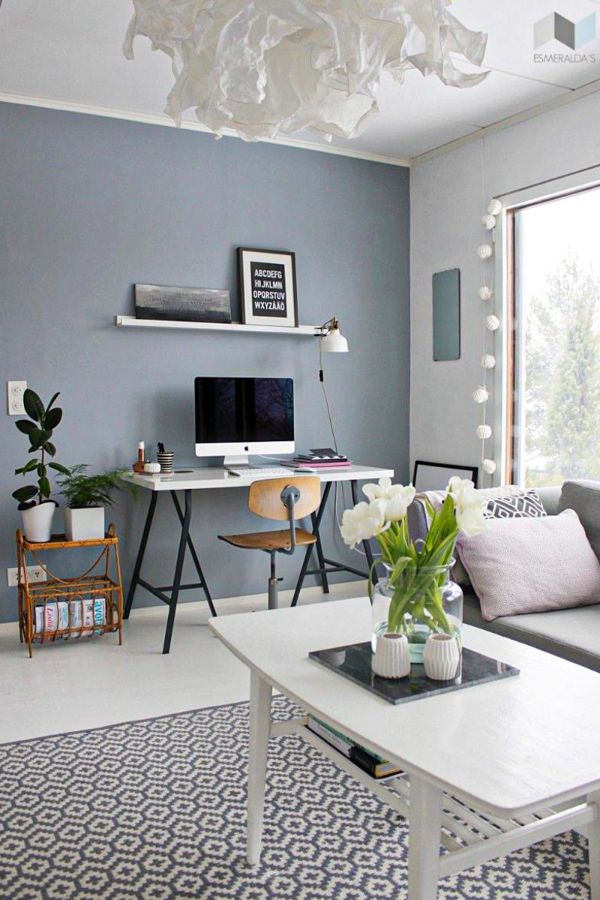







:max_bytes(150000):strip_icc()/maitegrandeprimary-f97f061fd68e4e6388cd204e92f00d03.jpeg)

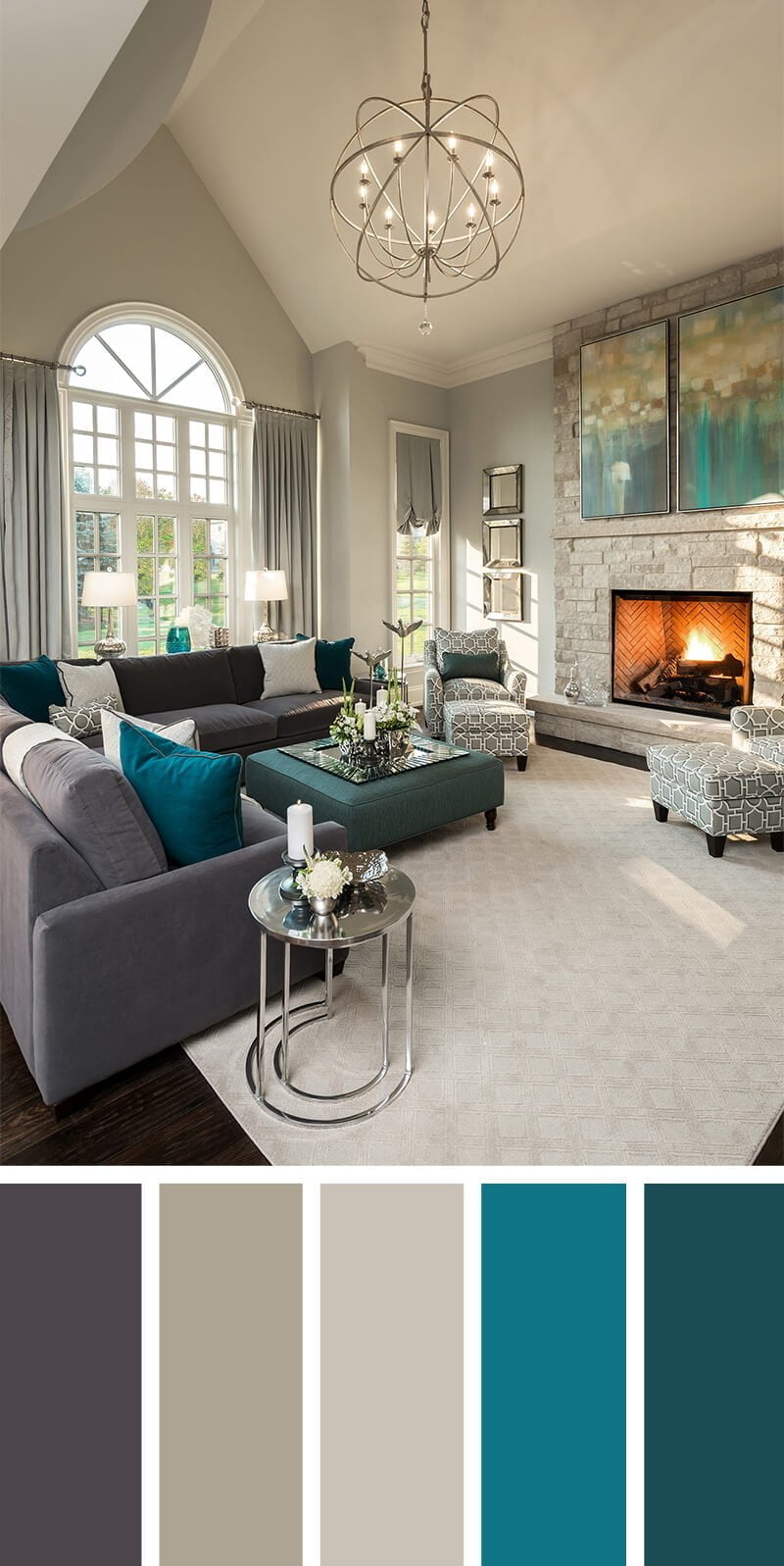


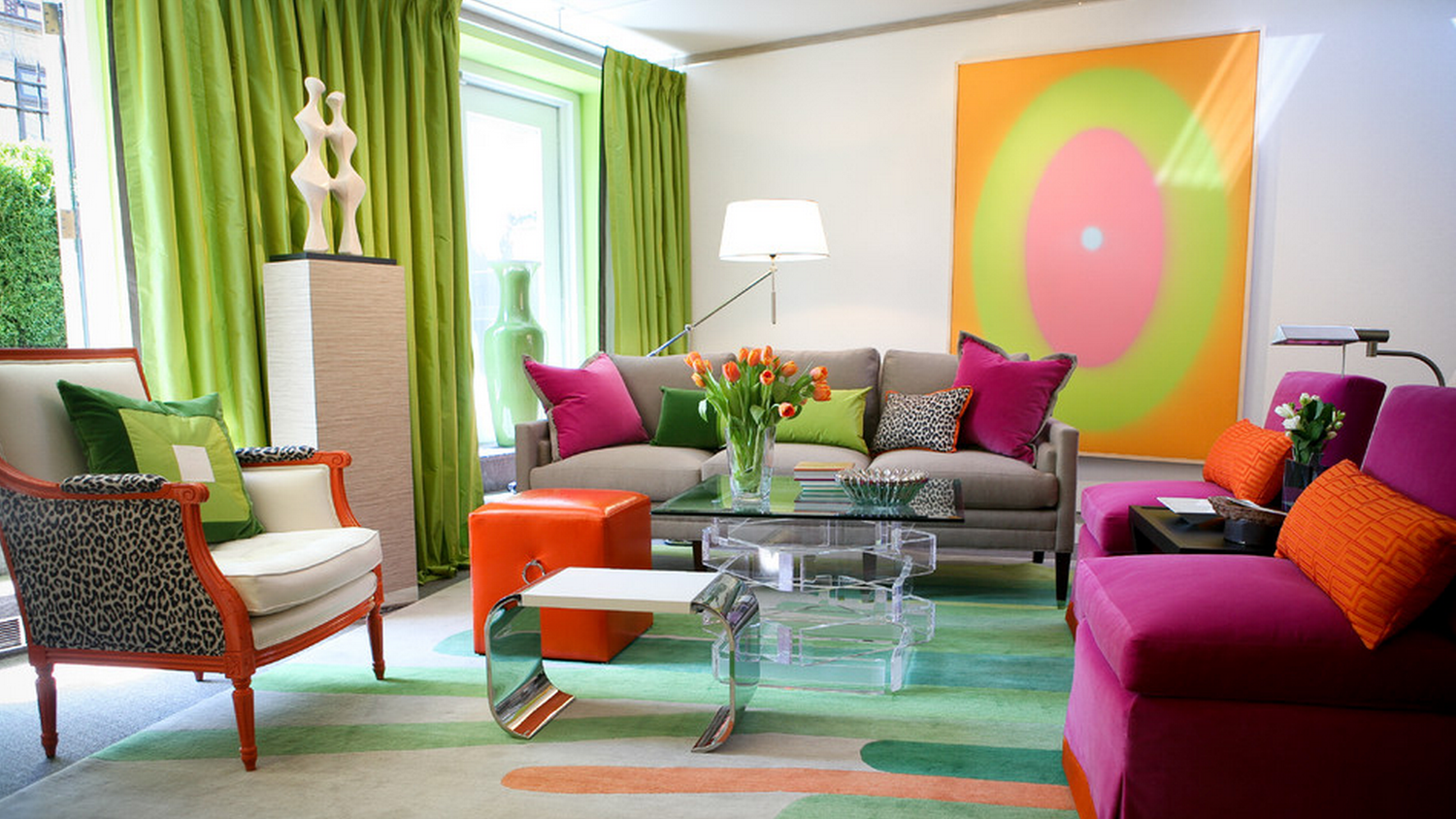




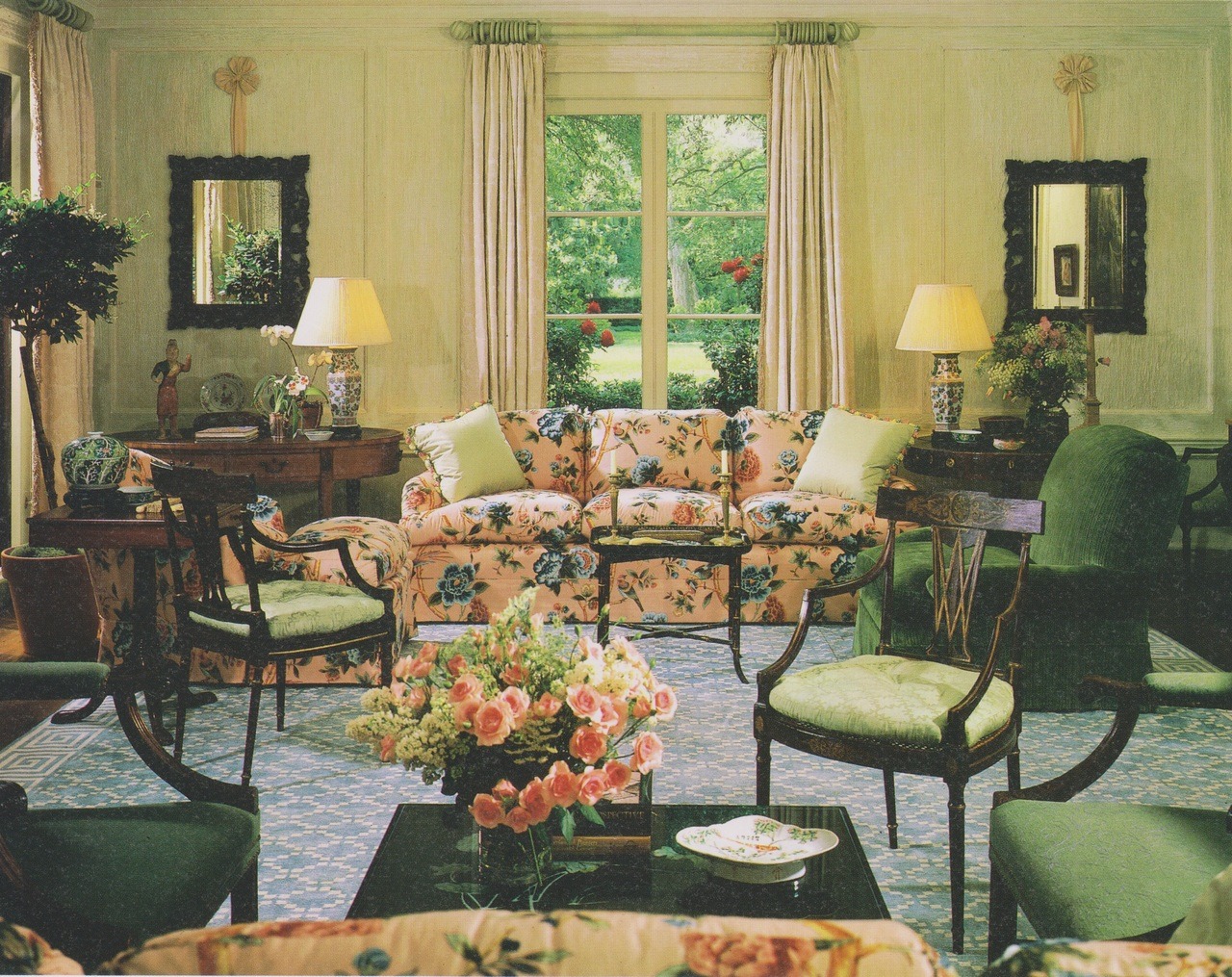


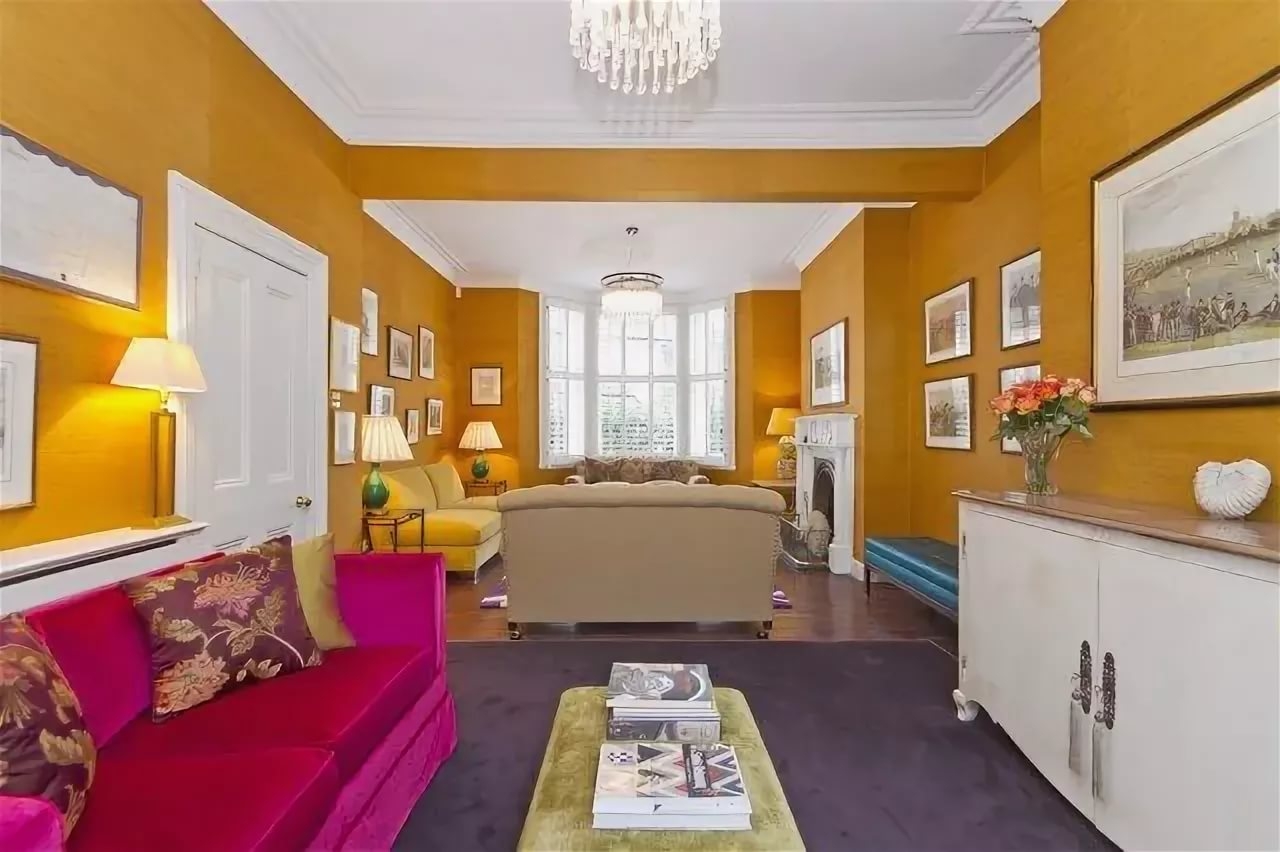

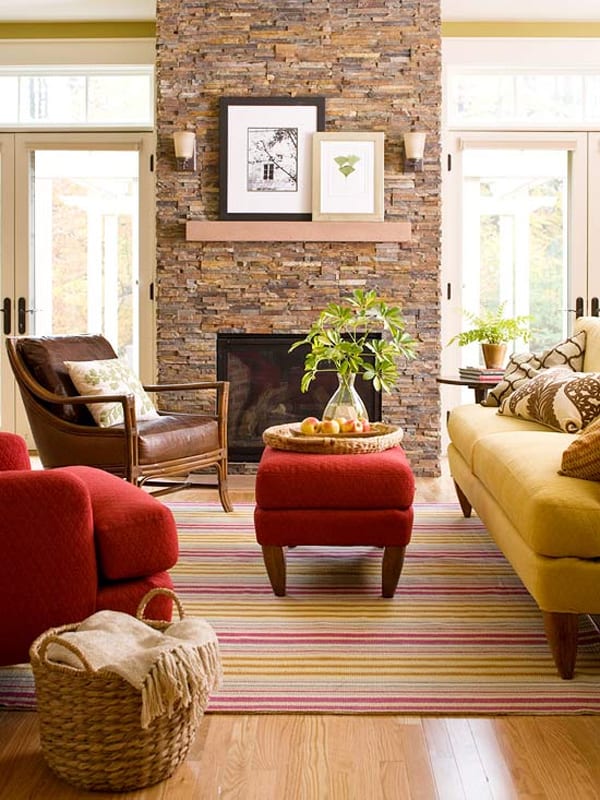
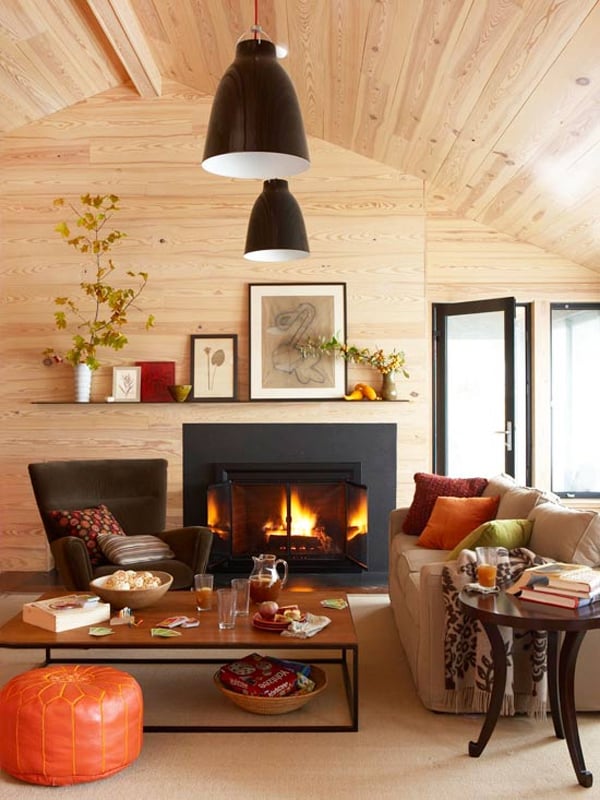






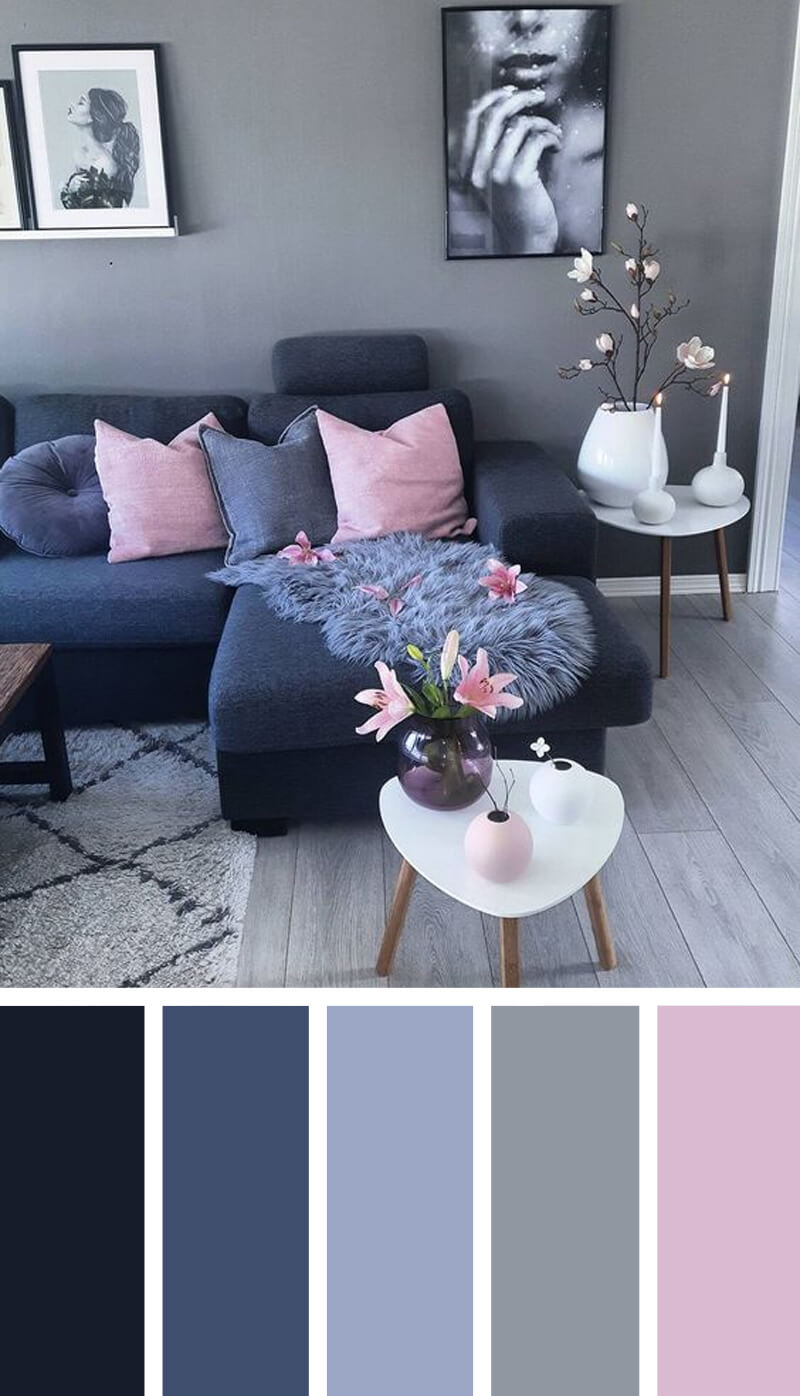


:max_bytes(150000):strip_icc()/Litchfield_BeresfordHill_025-5b89787fc9e77c00258aa53c.jpg)
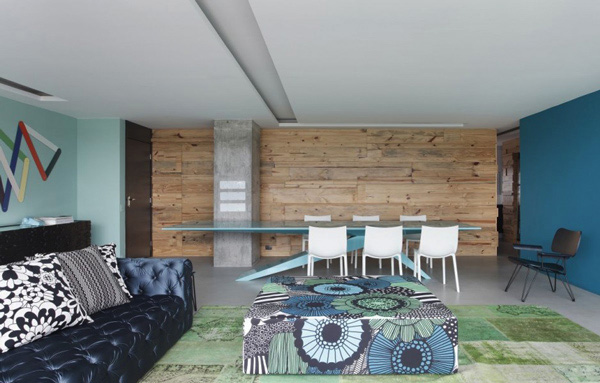
:max_bytes(150000):strip_icc()/Divaroom-5ad4ff7feb97de00371a098a.jpg)



:max_bytes(150000):strip_icc()/6.DarkCharcoalRichWood-9dde42089e1448859807d0b576c1d97c.jpg)



